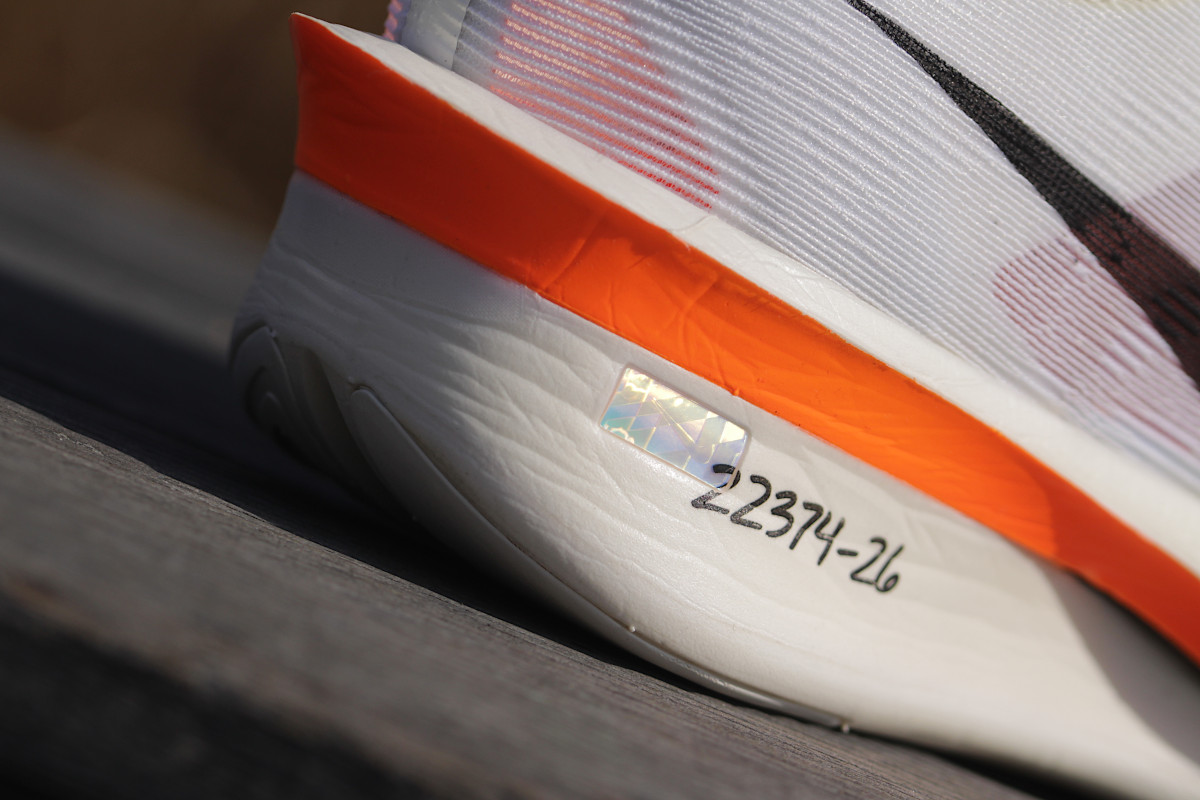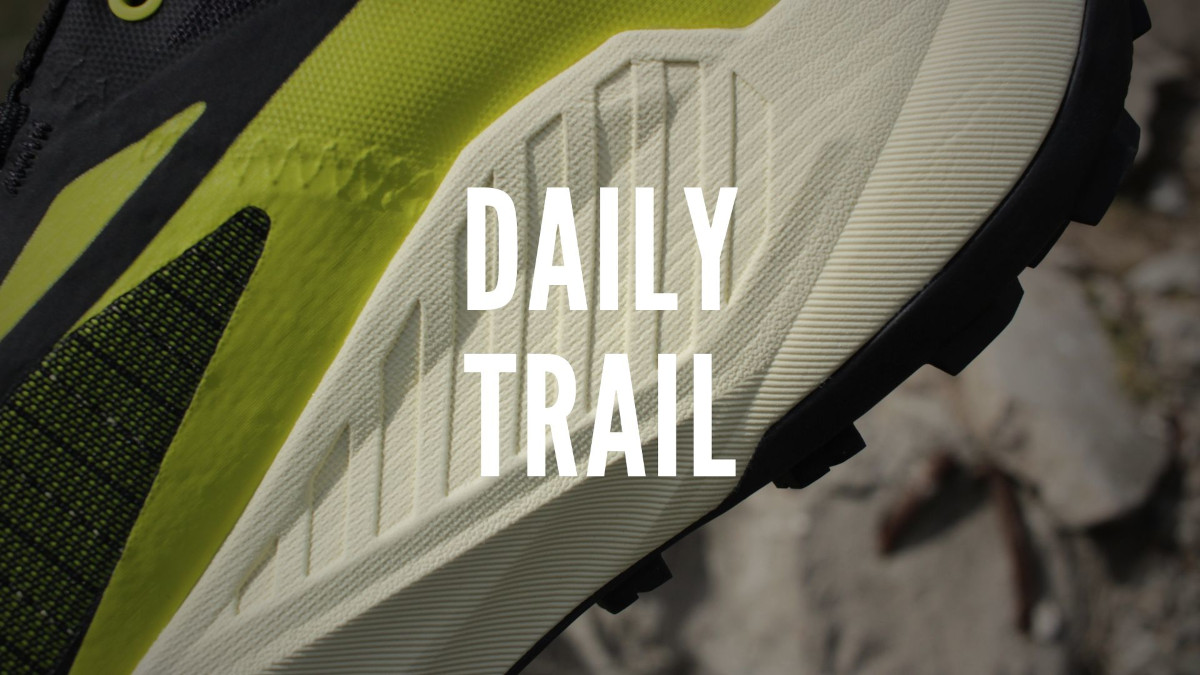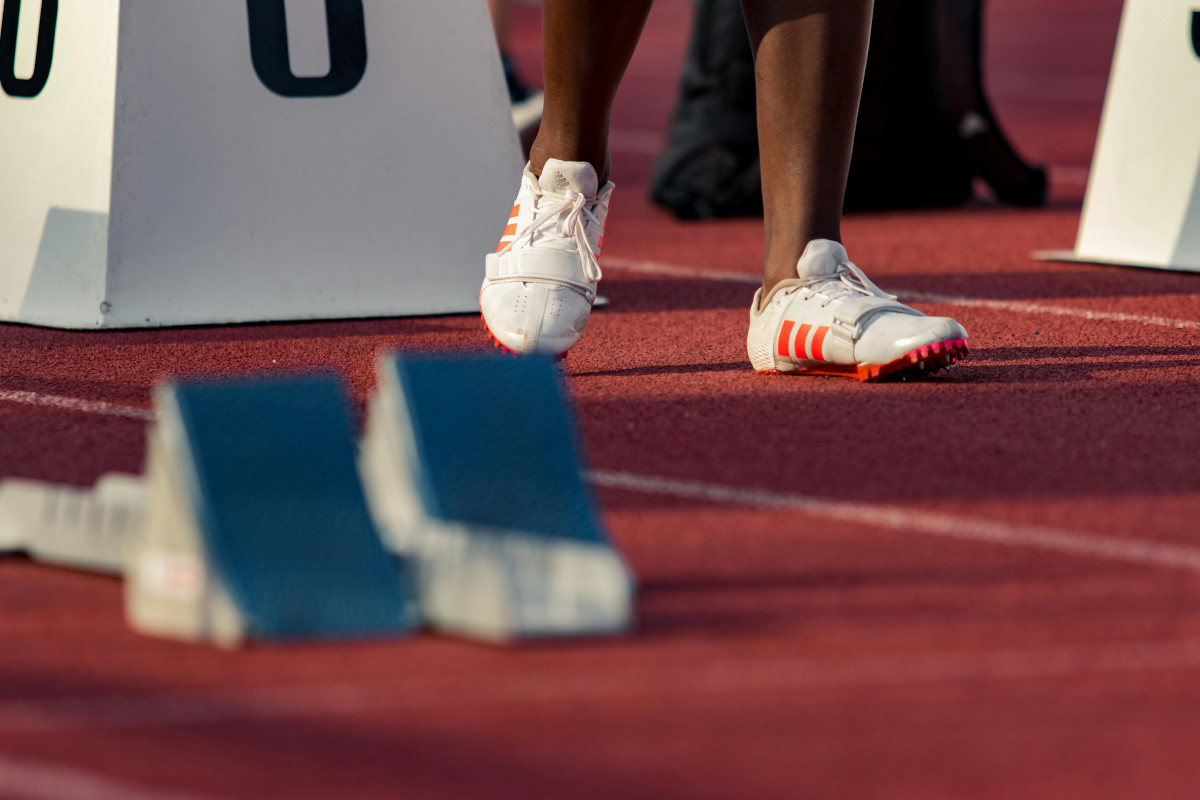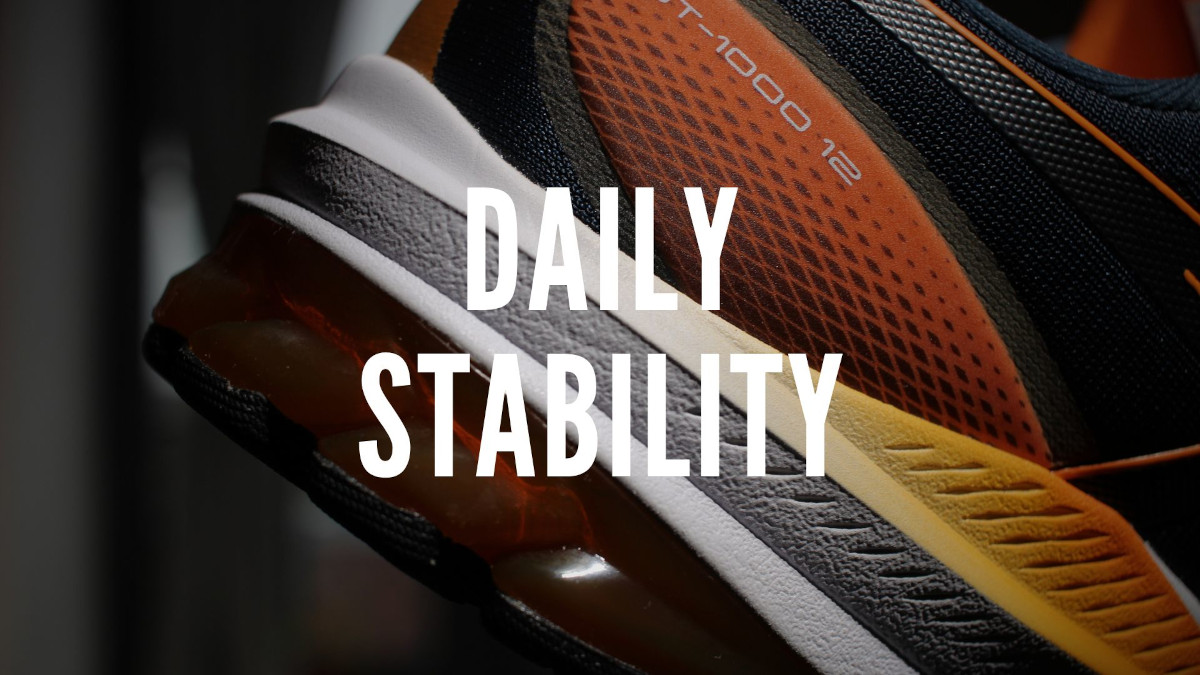Running shoes are technologically advanced footwear designed to support the foot during intense movement. Their construction takes into account various elements such as the outsole, midsole and insole, which together provide cushioning, traction and stability. The upper and its components, in turn, affect comfort and convenience. Each of these elements can and does affect the characteristics of the shoe and can improve comfort and training effectiveness. What are these elements?
Midsole and upper – two main elements
First, let’s take a look at the absolute basics – the parts you’ll find in almost any shoe (well, unless you’re talking about running sandals, then it’s a little different). Every running shoe consists of two main parts:
- The upper – it covers the top, sides and sometimes even the bottom of the shoe. It is usually soft, breathable and pleasant to the touch, although there are reinforced versions that are resistant to water and mud. Its function is not only to protect against stones and the vagaries of the weather, but also to hold the foot in place so that it does not move around in the shoe, making running more difficult.
- The sole is a solid base, a foundation under the foot. It separates you from the hard reality (i.e. hard surfaces, forest paths, stones). It consists of two layers:
- the midsole, which acts as a soft mattress. It cushions each step to make running comfortable, dynamic and safe for your joints.
- the outsole, which grips the ground. It provides traction and protects the shoe from premature wear.
The upper of a running shoe is responsible for comfort and fit
There are almost as many uppers as there are shoe styles-each can be made of a different material, tailored to a specific application. For road shoes, the most common materials are various types of mesh, which come in hundreds of varieties. Trail shoes, on the other hand, feature reinforced polyurethane elements and materials with waterproof membranes to protect the foot in difficult conditions.
Regardless of the materials used in the upper, we can distinguish the following elements
- Toebox – this is simply the space in the front of the shoe, between the end of the laces and the toe. In running shoes, not only its length (choosing the right size) is extremely important, but also its width and height, which make the toes comfortable. For the health of your feet, it is better to have a little “too much” space than a little “too little.

- Tongue – an element that does not need a detailed description. It is a piece of material in the middle of the shoe that makes it easier to slip the foot in before lacing, and once laced, it acts as a comfortable barrier between the foot and the laces. Interestingly, running shoes are increasingly using “sock” constructions, where the classic tongue is replaced by a single upper for better fit and comfort.

- Lacing – the most underrated element from a design standpoint, but sometimes the most critical from a practical standpoint. After all, how you lace your shoes determines how the shoe fits your foot. Sometimes you can find running shoes without laces, but in the long run, laces are the best way to make sure the shoe stays on your foot.
- Quick Laces – When we think of laces, we see soft fabric laces, but in trail shoes, laces often take the form of a tightening cord. This can be a system where the cord is tightened with a special “dynks” at the top and then the excess cord is tucked into a special pocket. It can also be a system where the clamp is in the form of a knob that simultaneously tightens and rewinds the excess cord. There is something for everyone.niające trzymanie buta na stopie.

- Heel counter – the rear part of the shoe that covers the heel and plays an important role in stabilizing the foot. In running shoes, its functionality depends on two main characteristics: stiffness and cushioning. Internal stiffness, if present, takes the form of an additional plastic element that surrounds the heel, making the heel counter stiff and holding the heel in place. Without such reinforcement, the heel counter is soft, flexible and naturally conforms to the shape of the foot. The inside of the heel counter can be generously padded with foam, creating a soft, wide collar around the ankle for a comfortable “plush” feel. Alternatively, it can be almost completely unpadded, which also provides comfort but in a more minimalist form – the choice here depends on the runner’s individual preferences.

- Insole – this is the part directly under the foot, usually made of foam and sponge, sometimes additionally covered with an antibacterial coating. This insole is usually removable, which makes it easier to clean the shoes and allows for replacement with orthopedic or stabilizing insoles if necessary. In racing shoes, the insole is sometimes lightly attached to the inside of the shoe, but in most cases it can be easily removed without damaging the structure of the shoe.

- Lasting – a thin layer of material that connects the upper to the midsole. It is usually no more than 1 millimeter thick and may contain foam. If you want to see it, just remove the insole from the shoe – what you see underneath is the lasting. All elements of the upper are stitched to it, and the midsole is glued to it from underneath, which explains why the upper covers the foot not only from the sides and top, but also from underneath.

The midsole of a running shoe – this is where the cushion is located
The midsole, which is located between the insole and outsole, primarily provides cushioning and support for the foot. It is usually made of shock-absorbing materials such as EVA, PU, TPU or Pebax foam, which helps reduce the stress on joints and muscles when walking or running. Its structure may (but does not have to) include additional elements such as:
- Composite fiber plate – one of the most desirable elements in running shoes, which significantly increases dynamics and accelerates rebound. In particular, carbon fiber plates are currently considered the best in terms of performance, making the shoe stiff and responsive, which translates into better running efficiency. Although carbon plates are the most common, some shoe models may use plates made of other plastics, such as nylon or fiberglass, which offer similar properties but may have less impact on the shoe’s rebound dynamics.

- Medial post – a traditional stabilization solution that places a stiffer foam or other material element in the medial part of the midsole. Thanks to its hardness, this element limits excessive inward tilting of the shoe, which helps stabilize the foot and reduces the risk of malpositioning. This solution is used in particular in shoes designed for people with overpronation, i.e. excessive pronation of the foot when walking or running.

- Stabilizing rail – an alternative to the medial post that does not add a rigid element to the inside of the midsole, but rather raises the edges of the midsole to create a “trough” where the foot is stabilized and protected from unwanted lateral movement. These lateral rails are usually made of a stiffer foam than the rest of the midsole, but this is not always the case. This solution provides additional support for the foot, helping to control its movement and make walking or running more stable.

- Stabilizing Bridge – this is the final stabilizing element in running shoes, found in both neutral and stabilizing models. It is a plastic element located between the rear and front part of the midsole, mainly visible in its central part, although its elongated “arms” can extend far forward and backward. The bridge stiffens the midsole slightly, increasing its dynamics while limiting excessive twisting movements, which contributes to the overall stability of the shoe.

- Rock Protection Plate – an element used in trail shoes that is usually hidden inside the foam, making it completely invisible from the outside. It is usually located in the front of the shoe, closer to the toes than the heel. Thanks to its rigidity, this plate effectively distributes pressure when the foot hits a sharp edge, protecting it from injury and making it more comfortable to walk on difficult terrain.
The outsole is responsible for traction.
The outsole is the outermost layer of the shoe, providing traction and protection from external elements. It is often made of durable materials and rubber compounds that resist abrasion and provide good grip on the ground. It can also have different shapes and depths, sometimes referred to in the trade as “aggressiveness”. Shoes with a smooth outsole are said to be “not very aggressive”, while those with a deep outsole, over 3 millimeters, are “aggressive” shoes.

And those are all the major components of a running shoe. Some of them are essential for running, some are “optional,” and there are probably some things I haven’t mentioned. If there is, feel free to ask.




